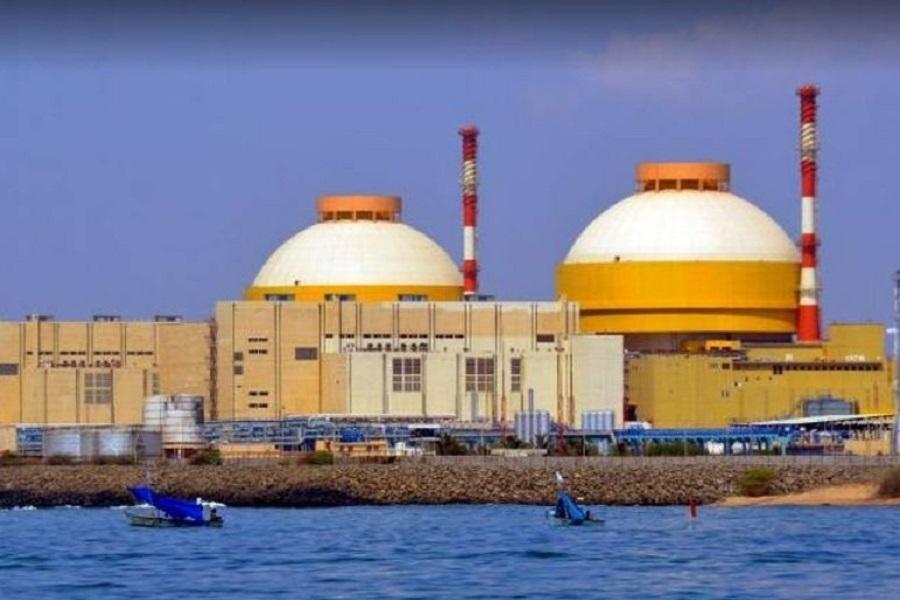
Centre Reviews 100 GW Nuclear Mission to Boost Clean Energy Goals
In a significant development, Union Power Minister Manohar Lal Khattar and Minister of State for Atomic Energy, Dr Jitendra Singh, recently convened a high-level meeting to discuss the 100 GW Nuclear Energy Mission. This meeting is a follow-up on Prime Minister Narendra Modi’s ambitious target of expanding India’s clean energy basket and reaffirms the country’s commitment to achieving Net Zero emissions.
The meeting aimed to outline key directives and strategies to achieve the 100 GW nuclear energy target, which is expected to play a crucial role in reducing India’s carbon footprint and meeting its climate change goals. The government has been making concerted efforts to increase the share of renewable energy in the country’s energy mix, and the nuclear energy sector is expected to play a significant role in this endeavor.
India has set a target of achieving 40% of its electricity generation from non-fossil fuel sources by 2030, and the nuclear energy sector is expected to contribute significantly to this goal. The 100 GW nuclear energy mission is a crucial step towards achieving this target, and the recent meeting is a testament to the government’s commitment to making this vision a reality.
During the meeting, the Power Minister and the Minister of State for Atomic Energy discussed various aspects of the 100 GW nuclear energy mission, including the development of new nuclear power plants, upgrading existing infrastructure, and enhancing nuclear safety and security measures. They also emphasized the importance of indigenous manufacturing and technology development in the nuclear energy sector.
The government has been taking several initiatives to promote the growth of the nuclear energy sector in the country. One of the key initiatives is the development of the Jaitapur Nuclear Power Project, which is expected to be one of the largest nuclear power plants in the world. The project is being implemented in collaboration with the French company, Areva, and is expected to generate 9,900 MW of electricity.
Another significant initiative is the development of the Ahodhiya nuclear power plant, which is being implemented in collaboration with the Russian company, Rosatom. The plant is expected to generate 6,000 MW of electricity and is expected to be completed by 2035.
The government has also been promoting the development of small modular reactors (SMRs), which are designed to be smaller and more efficient than traditional nuclear reactors. SMRs are expected to play a significant role in meeting the country’s energy demands, particularly in rural areas where access to electricity is limited.
The nuclear energy sector in India is expected to grow significantly in the coming years, driven by the government’s ambitious plans to increase the share of non-fossil fuel sources in the country’s energy mix. The sector is expected to create thousands of jobs and attract significant foreign investment.
In conclusion, the recent meeting on the 100 GW nuclear energy mission is a significant step towards achieving India’s clean energy goals. The government’s commitment to promoting the growth of the nuclear energy sector is expected to play a crucial role in reducing the country’s carbon footprint and meeting its climate change goals.
Source:






